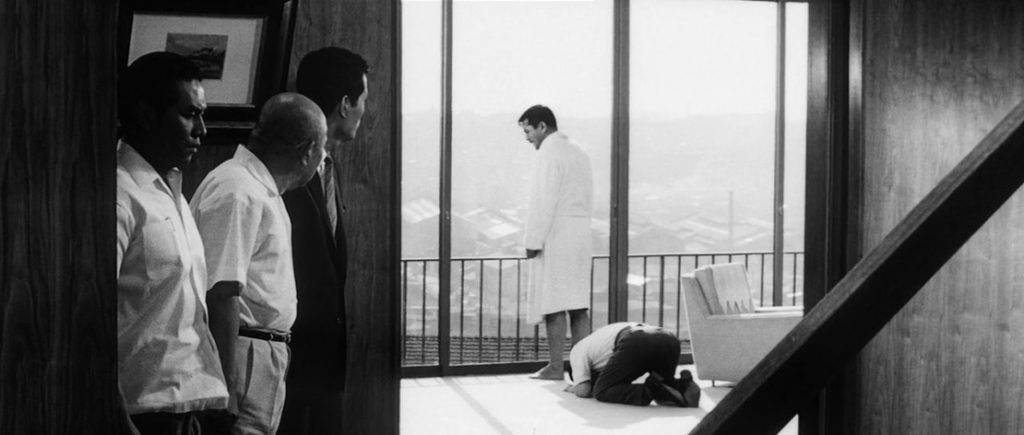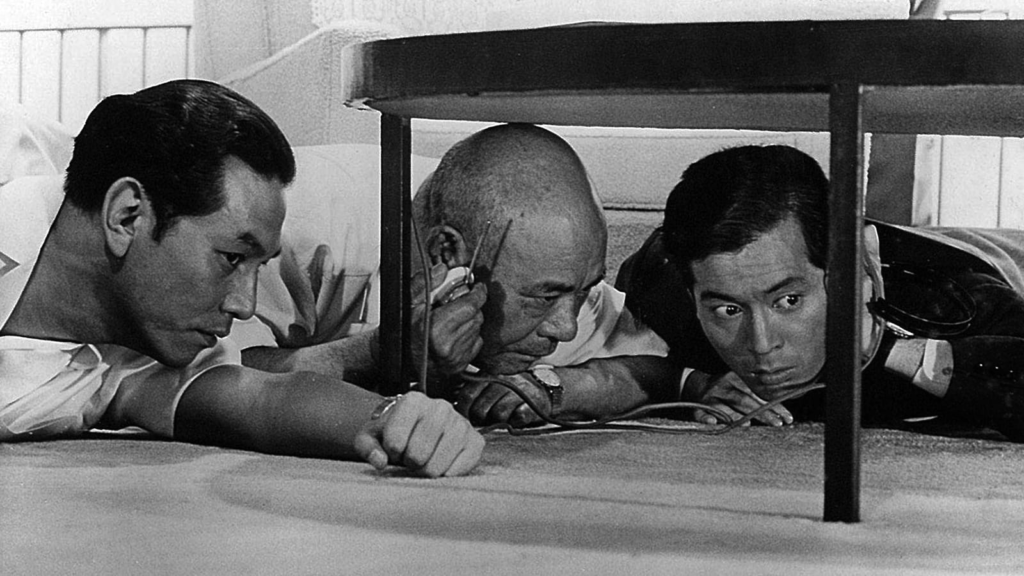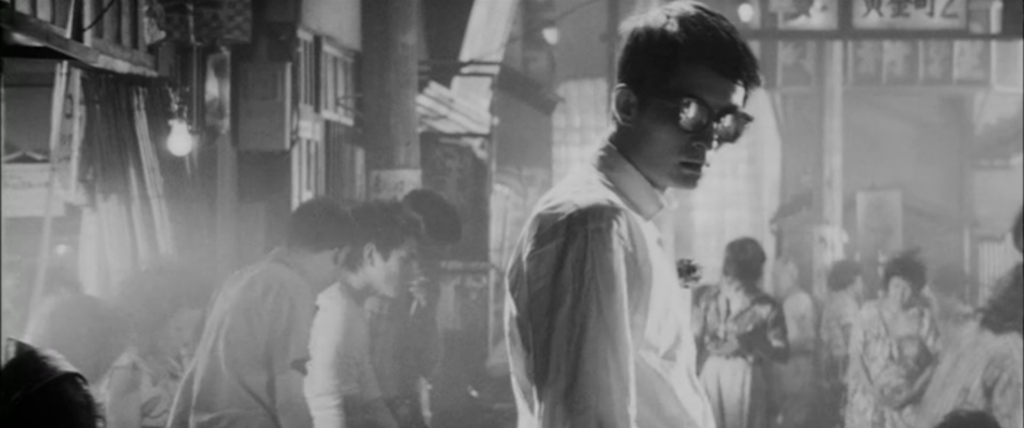I wrote this introduction for The Mesilla Valley Film Society’s screening of High and Low in July, 2023.
In his 57-year career, Akira Kurosawa directed 30 films, with the period between 1952 and 1963 widely considered the highlight. Movies like Ikiru, Throne of Blood, Seven Samurai, and Yojimbo all came out in that decade-long stretch, which ended with tonight’s feature, High and Low.
I’ll be honest: after this movie, I wonder how he kept going, period. It’s a lot: psychologically and thematically dense, featuring many of his popular stock performers, all acting the hell out of a script that’s loosely based on Ed McBain’s King’s Ransom. However, where McBain’s original work is a very straightforward pulp crime novel (like all of his 87th Precinct Mysteries,) Kurosawa used the book’s framework to tell a story that examined the society that was being built by post-war Japan and its economic miracle.
In particular, it was the act of kidnapping for a ransom that fired up the filmmaker, who was fascinated by the sudden rise of kidnappings that had hit Japan. Over a dozen incidents of the crime had been prosecuted in the five years leading up to the film’s release, compared to just two cases just a decade earlier. This sudden increase, combined with the director’s left-leaning views, inspired his most political film.

“The High” of the title refers to Toshiro Mifuno’s Gondo and the middle-class lifestyle that he has embraced embraced, complete with air conditioning in a western-styled home that overlooks the entirety of Yokohama. Conversely, “The Low” refers to the people he literally and figuratively looks down upon, the people who are being left behind by the country’s shift. Without going too far into spoiler territory for those who haven’t seen it, the kidnapping and ransom are not about the money: it’s about taking action against those who flaunt their wealth while their fellow man suffers.
On a purely technical level, this is a masterpiece. Despite being confined to a single location — the aforementioned home of Kingo Gondo — the methodic pacing, long takes, rich performances, and brilliant use of the widescreen ratio makes the first half feel cinematic in a way very few films achieve, even to this day.

The bridge between the first half and the second, which takes place on a hurtling train, creates the kind of tension that even a master like Hitchcock would marvel at, and the back half’s look at the aftermath of the crime and subsequent investigation is remarkably self-assured, unafraid to give the audience time to reflect on the movie’s message.
Sadly, art can easily be misinterpreted. There was a copycat crime that occurred just a month after this movie’s release. Four year old Yoshinobu Murakoshi was kidnapped, ransomed and then killed by Tamotu Kohara, who admitted that he was inspired by the film’s events.

When I mentioned we were showing this as part of our film noir series in an online forum, someone piped up and said that they wouldn’t classify High and Low as a noir. My response was that I’m a fan of opening up noir as a term to include movies that use the structure and tropes of crime-adjacent genres like the straightforward procedural (like Union Station) or heist film (like Rififi) to look at societal issues. High and Low does this better than any other film I can think of.
Leave a Reply